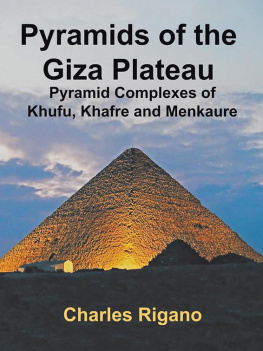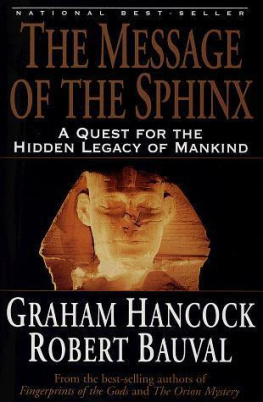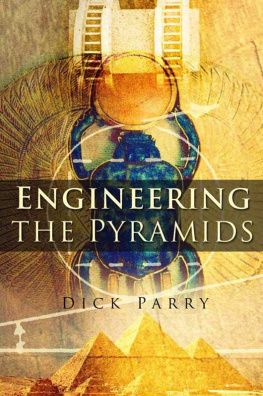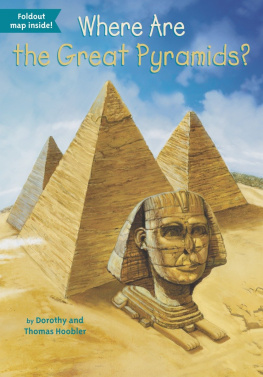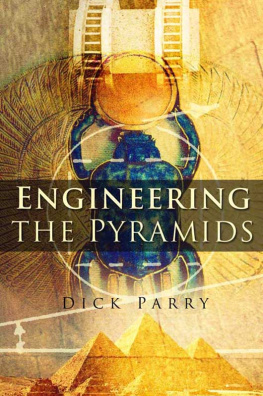I remember the moment in 1970 that my fascination for Ancient Egypt started. At work, someone left a book on the Great Pyramid sitting on a desk. I casually picked it up and leafed through the pages. I was immediately absorbed by the subject. I borrowed the book and studied it closely; then I read every book the library had on Ancient Egypt. I wanted to discuss what I was learning with someone, but there was no one around who shared my passion for the subject until the internet took hold. Then there were many others with the common interest, all eager to talk. Over the next 15 years, people who started as just words on a computer screen took on personalities and became friends. They possessed a wealth of knowledge and provided an opportunity to discuss and argue over Egyptian subjects something we did daily.
During these early years, my interest was in general ancient Egyptian subjects, but I soon found myself gravitating towards the Old Kingdom and my passion for the period developed and solidified. I soon progressed beyond the popular books on the subject and began digging into the professional literature. Many of these books were rare and hard to obtain, but curiosity and the need to know more of the detail drove me onwards. The original reports from excavators along with those of early amateur travelers provided a fresh appreciation for the monuments and never failed to raise questions that spurred additional research. I was puzzled by differences among the published reports, intrigued by the alternative hypotheses proposed, and challenged by the unresolved mysteries.
It was 25 years before my first trip to Egypt and the start of my in-person discovery. The aftermath of each trip only raised more questions and the need for additional trips and on-site answers. Each trip was self-directed, comprising only two or three of us, a driver, a trained Egyptologist, and sometimes the excavators themselves.
People have been writing about the monuments of the Giza Plateau for over 2000 years. Herodotus, a Greek historian who visited Giza in 450 BC, was probably the earliest whose original work remains. His report has to be carefully evaluated, only his eyewitness accounts believed, and the stories told him by the locals discarded. The reports by medieval Arabs and early European travelers require equal skepticism since few of them were trained observers of archaeological detail. Only in 1800 AD with the work of Napoleons trained savants do we begin to see reliable information. Their careful drawings are invaluable in showing details that have since disappeared. Similarly, the publications by Howard Vyse and John Perring following their work at Giza from 1837-40 contain important information. Vyse, a British army officer has been severely criticized for using gunpowder rather than a trowel as an excavation tool. But he made important discoveries documented daily in his diary-like book. Perring was a trained civil engineer, and his plans and drawings were based on careful measurements.
Pyramid-measuring became something of a fad in the 19th century as theories about the esoteric knowledge supposedly enshrined in the Great Pyramid became popular, but only with the arrival of Flinders Petrie at Giza in 1880 do we have reports that we feel can be relied on. Petrie went to Egypt with an agenda, namely to verify and extend the work of Piazzi Smyth who was convinced of the sacred origin of the pyramids and the revelations contained within the Great Pyramid.

